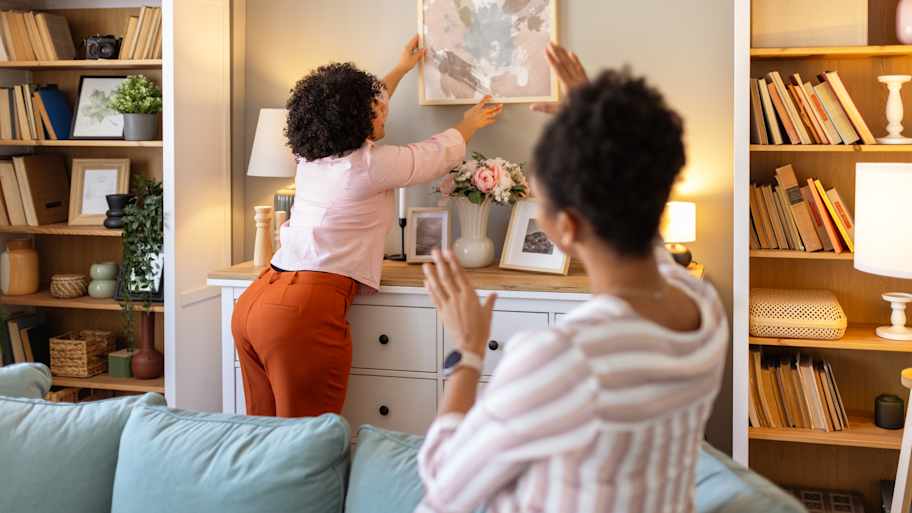
Whether you need to ship a moving container overseas or domestically, you can expect to pay several thousands of dollars. Learn more using our cost guide.
Your home’s size will determine the number of moving boxes you need


Most moves require 10 to 220 boxes, depending on home size.
A 3-bedroom house may need 80 to 120 boxes.
Small boxes hold 1.5 cubic feet; wardrobe boxes hold up to 16.
Packing style and household size determine the number of boxes you’ll need.
Movers can help estimate box needs for a stress-free move.
Moving to a new home is an exciting yet stressful process. As you calculate your moving costs, you’ll need to budget for an unexciting but necessary expense: moving boxes. But how many boxes do you need? The answer depends on the size of your home and the number of belongings you have. This guide will help you estimate the number of boxes you need for your move.
The number of boxes you need for a move depends on the size and type of your home, as well as the quantity and size of your belongings. Here’s the average number of boxes you’ll need for your move.
| Home Type | Number of Boxes Needed |
|---|---|
| Studio apartment | 10–35 |
| 1-bedroom apartment | 20–45 |
| 2-bedroom apartment | 40–65 |
| 2-bedroom house | 60–90 |
| 3-bedroom house | 80–120 |
| 4-bedroom house | 100–140 |
| 5-bedroom house | 140–180 |
| 6-bedroom house | 180–220 |
Whether you’re hiring movers or renting a moving truck, you’ll need to calculate the number of boxes you need. Follow this formula to get a rough estimate.
Number of Boxes = Amount of Belongings / Size of Boxes
For example, if you have 180 cubic feet of items and are using 3-cubic-foot boxes, you’d need 60 boxes.

Much of calculating the number of boxes you need is estimating. Learning how to pack moving boxes to maximize space while protecting your belongings can help you minimize the number of boxes you need. Here’s how to determine the approximate number of boxes you’ll need for your move:
Note the square footage and number of bedrooms you have in your home.
Consider the number of inhabitants, your lifestyle, and your packing style.
Go room by room and note the estimated number of boxes you think you’ll need, listing them by size.
Add up the total for each room to get the total number of moving boxes you’ll need.
For example, a 3-bedroom home with two adults and two children might require 19 small boxes, 28 medium boxes, 28 large boxes, 12 dish barrel boxes, and 10 wardrobe boxes, totaling 100 moving boxes. Be sure to label the moving boxes carefully so that there’s no guesswork involved once you reach your destination.
| Box Type | Box Capacity |
|---|---|
| Small packing box | 1.5 cubic feet |
| Medium packing box | 1.3–3 cubic feet |
| Large packing box | 2.5–3.5 cubic feet |
| Extra-large packaging box | 3.6+ cubic feet |
| Book box | 1 cubic foot |
| Dish barrel box | 5.25 cubic feet |
| Wardrobe box | 11–16 cubic feet |
For a small or local move, you might prefer to rent a moving truck, enlist a few friends, and move yourself. However, if you’re moving long-distance or have a large home with a considerable amount of belongings, hiring labor for moving may be a better choice. There are many local and national moving companies to choose from, so be sure to shop around to find the best deal.
Hiring movers costs between $900 and $2,600, depending on the distance of your move and the size of your home. However, you might consider that cost worth it for the time savings you’ll enjoy during an already stressful life event.
From average costs to expert advice, get all the answers you need to get your job done.

Whether you need to ship a moving container overseas or domestically, you can expect to pay several thousands of dollars. Learn more using our cost guide.

Wondering how much it costs to move your house to a new spot? Check out our helpful cost guide to learn how to budget for this major home project.

How much does it cost to move out of state? The answer depends on the size of your home, the distance of your move, and other factors.

Hanging pictures on the wall is harder than it seems. This guide explains everything you need to know in eight quick tips for hanging pictures.

Moving long-distance means choosing what to bring and what to part with. Learn all the pros, cons, and costs of shipping versus buying new furniture when you move.

Moving an aquarium entails packing it securely, keeping your pets safe, and maintaining the balance of beneficial bacteria. Learn how to move a fish tank.